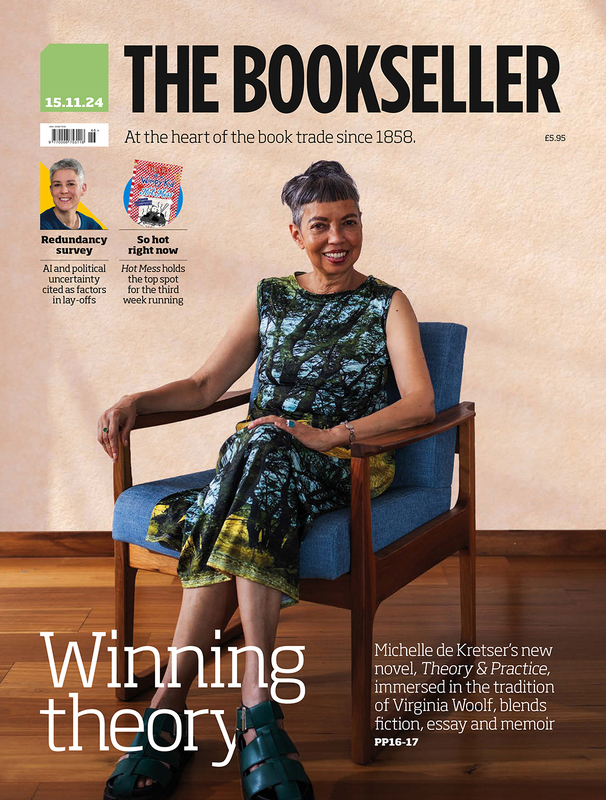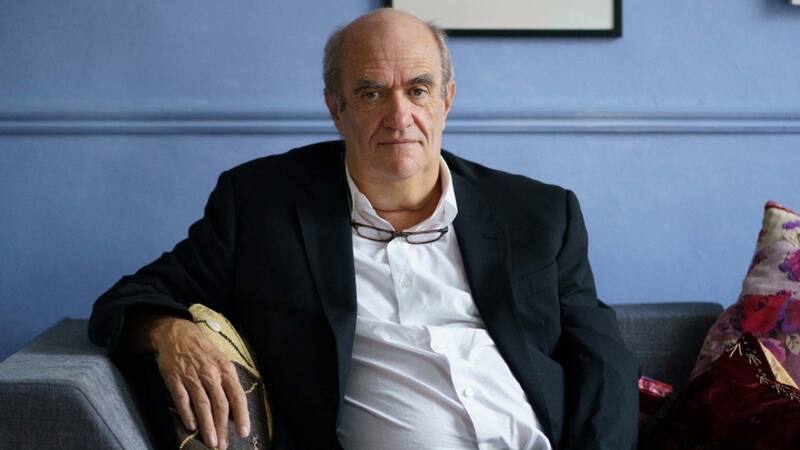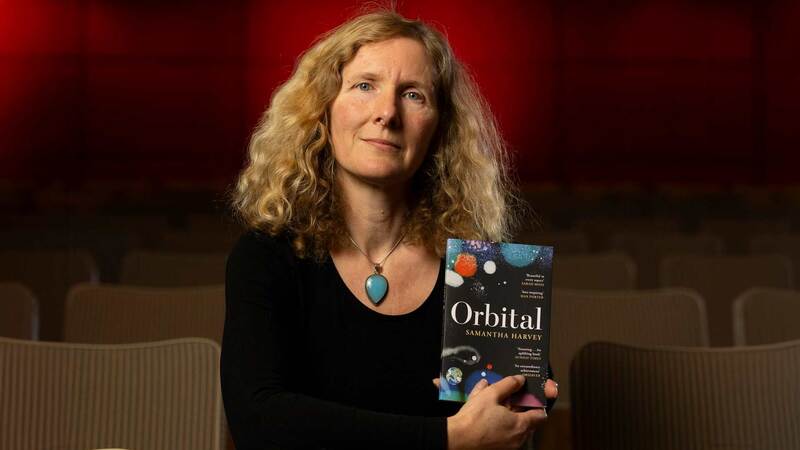You are viewing your 1 free article this month. Login to read more articles.
Readers want translated fiction, so let’s make it easy to find
Research shows that UK readers have a healthy appetite for translated fiction; now we need the structures in place to fulfil it.
I was happy to see The Bookseller’s Translation Focus issue published a couple of weeks ago, as reading fiction in translation is a way of accessing the greatest literary writing available in the world. To me this is a very enticing prospect, yet the UK proportionally publishes less translated literature than most European countries and consequently the readership and sales lag behind our neighbours. It is great that the direction of travel of those sales seems to be changing in recent years, but there is still a way to go. I have often wondered: is our limited readership the reason for the lack of translations published, or in fact a symptom of it?
To try and get to the bottom of this puzzle, in 2021 I conducted postgraduate research at Oxford Brookes University with the aim of identifying the challenges of publishing translated fiction in the UK. I looked at what was blocking translated titles’ routes to readers and identified ways to optimise the UK market for translated books.
Perhaps most importantly – as readers are the most essential component of the book trade, yet little research has been done into their perceptions and attitudes – my findings disproved assumptions that UK book buyers are not interested in translated fiction.
My research focused on fiction translated from Spanish, yet most of the findings are applicable to translated fiction in the UK from any language. My investigations involved reader surveys, industry professional surveys, analysis using metadata provided by The British Library and sales data from Nielsen BookScan, alongside in-depth interviews with translators, publishing house staff in the UK and abroad, booksellers and librarians.
A key finding was that one of the roadblocks was a lack of communication between sectors and departments. This led decision-makers to act on often inaccurate assumptions about the market and other players in the translation process. This means that decisions are highly idiosyncratic and dependent upon individual beliefs and experiences – far from ideal in an industry that is known for its lack of diversity. A great opportunity for development within the translation process therefore is to improve communication between departments, houses, translators, booksellers and readers.
Perhaps most importantly – as readers are the most essential component of the book trade, yet little research has been done into their perceptions and attitudes – my findings disproved assumptions that UK book buyers are not interested in translated fiction. I found that UK readers are not significantly less likely to read translations compared to the global average. In fact, in a public survey, 93.81% of readers reported having already read a translated book, and just 1.03% said they would not be open to reading in translation. Added to this, when asked how their interest in reading a book would be affected if it were translated from another language, 73.2% said their interest would not be affected, 20.6% would in fact be more interested in reading the book, and only 6.2% answered that they would be less interested. Promising figures indeed! Narrative content and plot were found to be more important to readers than a book’s status as a translation, yet translation quality remains important, so matching a suitable translator to a book is essential.
When determining who is publishing translated fiction in the UK, I found that from 2000 to 2021, a quarter of translated Spanish-language fiction in the UK was published by the Big Five publishers, while the majority (62%) was published by independent houses, highlighting the important role indies play in championing translated fiction.
Communication between independent international publishers is therefore essential; however, foreign independent publishers reported difficulties in attempting to meet and connect with suitable UK publishing houses whose style aligns with their own, with opportunities to do so often being limited to attendance at book fairs. One rights agent based in Valencia explained to me that they believe UK publishers are more interested in selling rights than buying them. Another independent Spanish publisher told me they often use guesswork to determine what kind of literature UK publishers are likely to be interested in, meaning their efforts to sell translation rights cannot be targeted and are more likely to be futile. Recent virtual and hybrid events have improved this situation by facilitating communication between international publishers and making it more accessible to companies with fewer resources.
For publishers with smaller budgets, the importance of funding cannot be overstated. More awareness of available funding to support literary translation would make the prospect of translating fiction less daunting by showing how financial risks can be mitigated. The ongoing aftermath of Brexit and the Covid-19 pandemic will potentially limit access to EU funding and impact attendance at LBF and international book fairs respectively. However, guest of honour positions, such as Spain’s at Frankfurt later this year, enable opportunities to access translation rights and bring international attention to foreign fiction.
In deciding how books are presented to booksellers and readers, sales and marketing teams at UK publishers have a big task in trying to boost discoverability, particularly as marketing and publicity budgets for most translated titles—outside a handful of stars like Jo Nesbø and Karl Ove Knausgård—are not large. Until publishers become more convinced that translated fiction is worthy of a larger marketing spend, marketers can continue to consult campaigns for translated books in their original languages and territories, which provide free market research and a blueprint from which to work.
Booksellers, obviously, play a big part in making translated titles a success. One interesting takeaway from our Translation Focus was the RCW agent Laurence Laluyaux’s observation about the “Anglo-Saxon oddity” of treating translated books as a genre. (In one dataset provided by The British Library, 162 translated books had their genre categorised as “Translations into English”.) This chimes with my research which found that the optimal place to situate translated fiction within a bookshop is amongst general fiction, as opposed to separate “Translated fiction” or “World literature” sections. Most readers expect to find translated books amongst genre fiction and helpfully, most retailers are currently locating them there. A further opportunity is to place translated titles in prime display positions in shops alongside relevant well-known authors (think Elena Ferrante, Haruki Murakami, Jo Nesbø, Olga Nawoja Tokarczuk, and Vasily Grossman). The “if you like this English-language author, you’ll like this international one” positioning enables discovery by as many readers as possible, as those not looking for translated fiction are more likely to stumble upon them and give them a try.
I hope that these findings are useful in informing how professionals working within the book industry approach and consider translated fiction. By shedding some light on the under-researched opinions of readers, this research should enable more informed decisions to be made about how to effectively bring translated fiction to readers who will enjoy and benefit from it the most.
I have condensed these findings from a 15,000-word dissertation. If anyone is interested in more information about any of my research, feel free to contact me by email at megan.clarke@thebookseller.com.




















